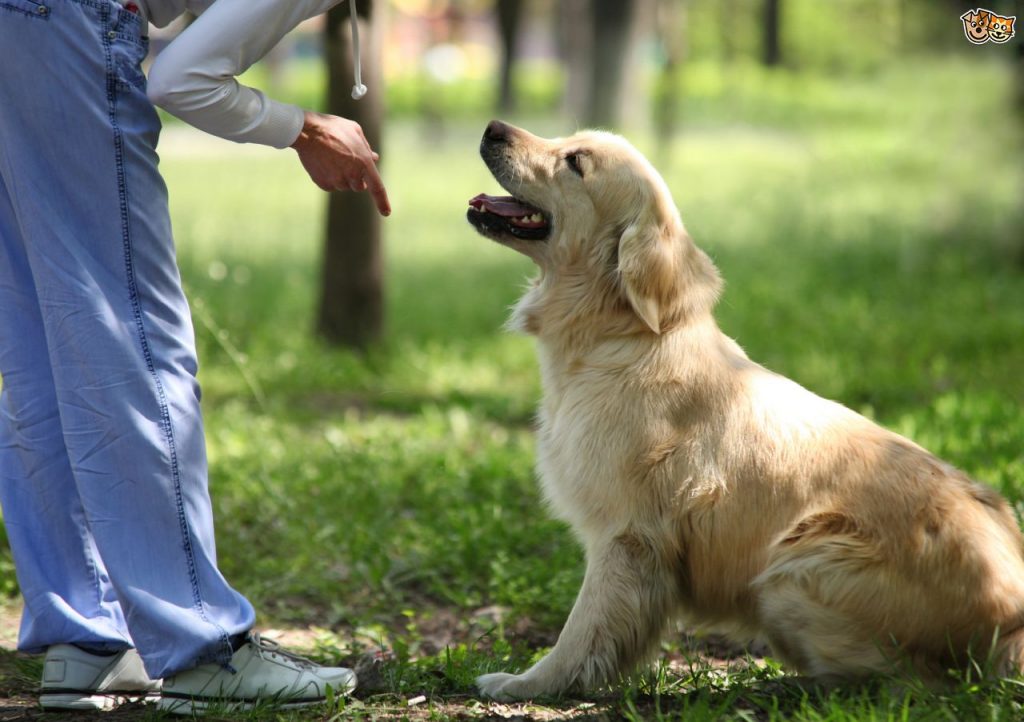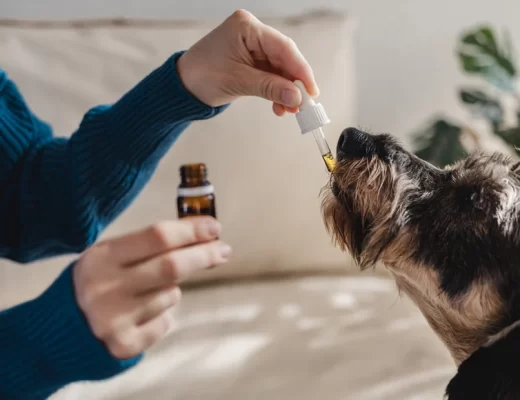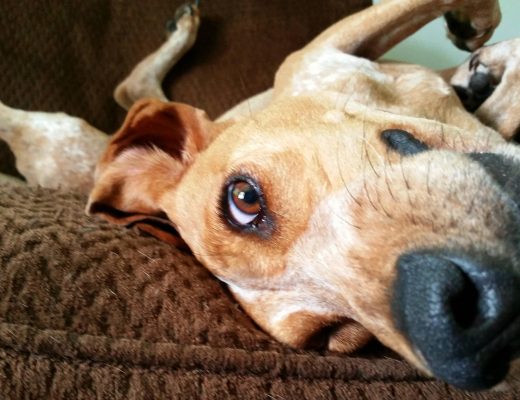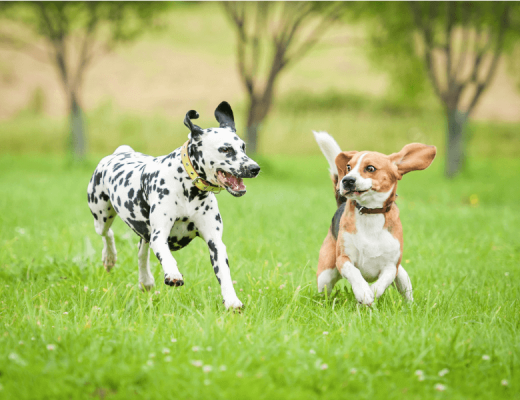Stinky, hot dog breath can make even the biggest dog-lover wrinkle her nose and turn away. When bacteria builds up in your dog’s mouth, stomach or lungs, you’ll smell it. This root cause of bad dog breath — or canine halitosis — indicates your pet needs further attention, according to the American Society for the Prevention of Cruelty to Animals Virtual Pet Behaviorist.
Dental Diseases Cause Stinky Dog Breath
Like humans, dogs can experience gum disease, tartar build up, abscessed teeth and oral infections. This variety of dental problems all share one common symptom — stinky dog breath.
If you notice excessive yellowing or brown build up on your dog’s teeth, swollen gums, drooling, the pet shying away from food and treats, overall depression or any type of exudates coming from the dog’s mouth, the pet needs an examination by a veterinarian for a proper diagnosis. The pet may require a tooth extraction, medication or a deep dental cleaning to remedy it’s bad breath.
The number one cause of canine halitosis is gum disease and by the age of three years, 80 percent of dogs are diagnosed with this foul-breath disease.
Poor Dental Hygiene = Dog Mouth Odor
Fight against canine dental disease and chronic bad dog breath before it starts. Liquid oral cleaners added to the pet’s water, daily tooth brushings and feeding the pet hard, abrasive foods promotes good dental hygiene.
Check your pet’s mouth for any foreign objects such as a piece of a stick from the yard, leaves or even bits of fur. Dogs with long fur near the mouth can accidentally get strands of fur trapped between their teeth. The moist, rotting fur causes a foul mouth odor.
When you give your dog a treat, throw it a bone, hard rubber toy or nylon-based chew. Chewing on tough toys creates friction against the pet’s teeth and dislodges food debris and tartar.
Bad Breath as an Illness Indicator
If your pet’s dental care is top notch and it’s mouth is free of any signs of dental disease, the pet’s bad breath may indicate an internal illness.
Smell the dog’s breath and take note of the odor. If the breath has a slightly sweet scent or rubbing alcohol-type odor, the pet could have diabetes. Does the pet drink excessive amounts of water and frequently urinate too? If you answer “yes” ask you veterinarian to test for diabetes.
If your canine’s halitosis has a urine-type odor, have its kidneys examined. For pets that vomit frequently, have a yellow cast to their gums and eyes and are reluctant to eat, liver disease may be the culprit.
Once you’ve determined the cause of your canine friend’s bad breath, tackle it. Simply masking canine halitosis with flavored dog treats or mint candy won’t solve the problem — and could even cause the root problem to grow more serious from neglect.
Bad breath is a universal problem among humans and animals but while the former can get rid of it by brushing teeth, dogs aren’t so lucky so if the problem continues to persist you can visit my site titled Pup life for more info to find a solution.






